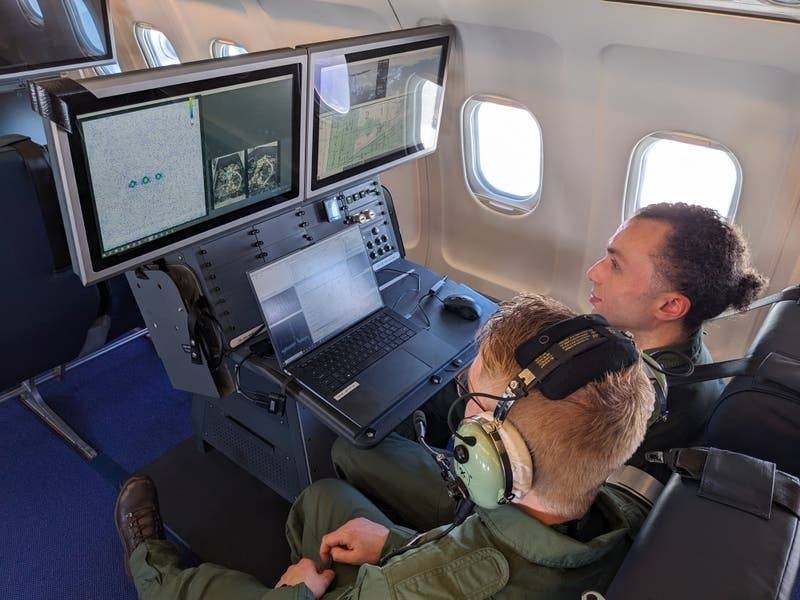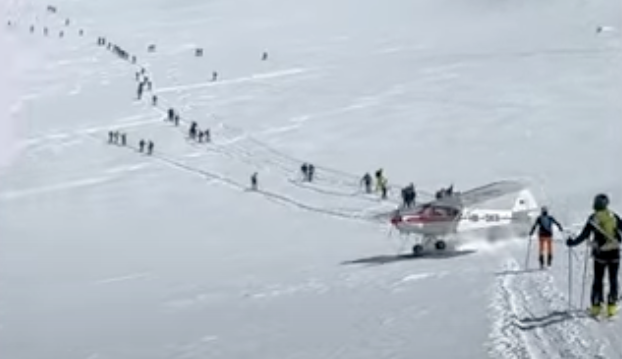Unjammable ‘Quantum Navigation’ Tested in U.K.
U.S. tech firm Infleqtion has test flown a new unjammable quantum navigation system that doesn’t rely on external signals to determine aircraft position. The system uses an atomic clock and…

U.S. tech firm Infleqtion has test flown a new unjammable quantum navigation system that doesn't rely on external signals to determine aircraft position. The system uses an atomic clock and "ultra-cold-atom-based quantum system" that detects changes in motion of the aircraft. It was put through its paces on a modified Avro RJ100 for a total of eight hours at Boscombe Down in the U.K. The U.K.'s Dept. of Science, Innovation and Technology said in a statement that the new system "could, over time, offer one part of a larger solution … [to] ensure that the thousands of flights that take place around the world daily, proceed without disruption.”
The U.K. is planning to deploy quantum navigation on all commercial aircraft by 2030. It's a partial response to a wave of GPS jamming by Russia affecting flights in Eastern Europe. There have been thousands of reports, and some scheduled flights to destinations near the Russian border have been suspended by some airlines. In April a flight carrying U.K. Defense Secretary Grant Shapps was affected by jamming on a flight between Poland and Lithuania.






